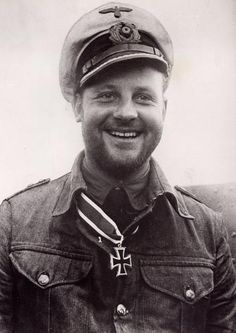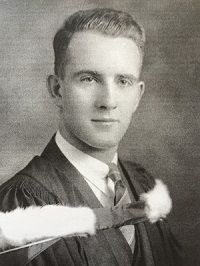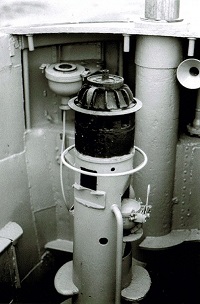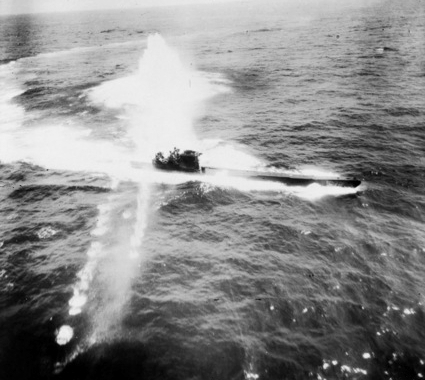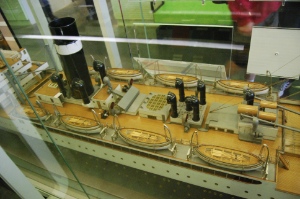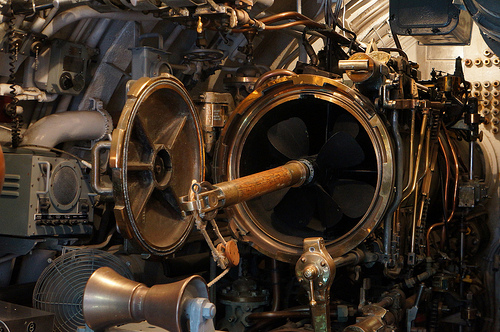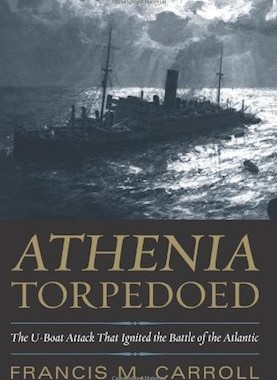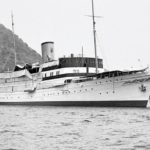
The Steam yacht Southern Cross rescued Rhoda and 375 other survivors. Credit: Yachting Magazine
In Part 4 of Rhoda’s Story, my grandmother climbed down a rope ladder into a lifeboat after her passenger ship, Athenia, was torpedoed by a German submarine on the evening of Sept.3, 1939, while sailing to Canada. Once in the lifeboat, Rhoda held a baby under her warm coat to keep the child out of the cold wind and misty rains. Her story continues:
We saw a light way off in the distance. It seemed to come close and we believed it to be a rescue ship, so we tried to pull closer; as we did so, we were able to discern other lifeboats close to it. There were a number of lifeboats trying as we were to pull toward that ship but [they] couldn’t seem to make it. I guess the tide was against us.
Then in the moonlight, I saw one of the boats capsize and all its occupants thrown into the [rescue ship’s] propeller. It was awful; they were crying for help and struggling for their lives, and little children screaming….Our boat was crowded and we just had to row away as they would have pulled us over, and so many in our boat had no lifebelts on. I seemed to go all to pieces then; the sight of those poor people in the water completely unnerved me.
We were all about to give up, when suddenly a bright light appeared. It was a searchlight from another ship and they were flashing it right on us. We heard shouts of “ahoy there” and they were coming toward us. We lit more flares and the ship came closer. As we drew up alongside, the sailors threw ropes and one by one we were pulled up out of the lifeboat. By that time I was half fainting, but I heard a voice saying, “You are safe on a private yacht.” When they laid me down I could see people all around me and knew then that they had already rescued a good number. There, too, I saw the baby I had held under my coat. It wasn’t long before a frantic mother claimed it. She had been taken off on another boat.
It was breaking daylight then, almost 4 o’clock, but they kept on pulling the people in, and then brought hot soup and milk around. The sight of some of those poor [survivors] was awful. Some had been in the water and were covered with black oil, some were in nightgowns, some were cut and bruised and half-crazy with fright, and many children and babies were naked, frightened and crying. Some children were separated from their parents. One little girl about three years [old] was crying for her mother, but she wasn’t there.
As time passed we discovered we were on a Swedish yacht, the Southern Cross, owned by a millionaire named Wenner-Gren. They had picked up about 400, and we learned that a Norwegian vessel had rescued quite a lot more and some were picked up by a British destroyer. Later on that morning, we heard that an American freighter, The City of Flint, was on her way to give aid and to pick up the Americans and Canadians who wanted to continue [on] to America….
It was good news to me. All I could think of was home and family, and I would have been willing to travel on a cattle boat as long as it was headed for the U.S.A. I should like to say here how wonderful the passengers and crew of Southern Cross were to us. They couldn’t seem to do enough for those who were without clothes. They donated all kinds of wearing apparel: shoes, socks, sweaters, coats, pants, blankets, shirts, pajamas, etc. The women and children seemed to need them the most and they were glad to get them.
In my next blog, Rhoda experiences life aboard The City of Flint.
Such a honor to tell my grandmother’s story!
Go to www.thomascsanger.com to read previous posts.


 The end of the year typically is a time to reflect on the twelve months just passed.
The end of the year typically is a time to reflect on the twelve months just passed.